Neuromuscular diseases and physical activity
Neuromuscular Diseases: definitions and symptoms
Neuromuscular disease (NMD) encompasses a broad spectrum of disorders directly or indirectly affecting the control of the muscles generating general symptoms such as muscle stiffness, cramps, pain, paralysis and fatigue. It may also affect heart and breathing function [1]. Among the 600 diseases identified, the most frequently described NMDs include amyotrophic lateral sclerosis (ALS), spinal muscular atrophy, myasthenia gravis, Charcot-Marie-Tooth (CMT) disease and Guillain-Barre syndrome. The Neuromuscular diseases are mainly of genetic origin, but can sometimes be caused by a disorder of the immune system. The modifiable risk factors, if any, are not well described and most NMDs have no cure or available treatment. Current treatment aims to increase mobility, to lengthen life and to limit the decrease in quality of life.
The effects of physical activity on Neuromuscular Diseases
Lack of exercise in NMD patients amplifies the deconditioning induced by disease. However, aerobic exercise may reduce this deconditioning and improve mobility, mood, sleep and quality of life in motor neuron disorders like ALS but also in the other NMDs like CMT disease, Duchenne muscular dystrophy, myotonic muscular dystrophy or metabolic myopathies [2, 3]. Resistance training appears to be beneficial in NMDs patients only if light to medium weights are used [3]. Targeted exercises for specific muscles (e.g. respiratory muscle training) might be more effective than aerobic and strength exercises alone. Respiratory muscle training is effective in the management of most NMDs, at least to limit the respiratory impairments induced by the diseases [3]. Stretching and flexibility exercises may limit the loss in joint mobility. Balance and proprioception training may help to prevent falls in NMDs patients as well [3]. In addition, physical activity could slow the progression of the disease via neuroprotective mechanisms [4].
What are the risks?
Exercise has been traditionally discouraged in the management of NMD. It appears as though highly repetitive and heavy-resistance exercises are detrimental, due to the incapacity to regenerate muscle fibers, especially in patients with motor neuron disorders like ALS [3, 5]. However, this risk depends mainly on the type of NMD. Patients with motor neuron disorders should avoid high-impact exercises and heavy-resistance exercises. The risk of fall is high and should be taken into account. Therefore, patients should exercise carefully in a supervised setting.
Recommendations
Physical activity is recommended in the management of NMD. Patients may need to overcome significant barriers (fatigue, balance disorders, muscle weakness, pain) to adherence of physical activity behaviours [3, 6]. The recommendations vary in relation to the nature of the disease. Patients may start with 10 minutes of aerobic exercise at submaximal levels (65% of the maximal heart rate) 2 or 3 days per week and progress. For motor neuron diseases and most of muscular dystrophies, low impact activities (e.g. stationary bike, aquatic activity) are preferred. In the majority of NMDs, resistance training could consist of the progressive increase in repetitions of maximal weight that can be lifted. In motor neuron diseases (e.g. ALS) and the majority of muscular dystrophies, light to medium weights must be used. In these diseases, more attention should focus on targeted exercises of certain muscles. In addition, breathing and balance exercises are strongly recommended. A caregiver may help the patient for certain exercises. Patients must inform their physician prior to beginning an exercise program [2, 3, 5].
Related groups
References
- Medlineplus. Neuromuscular disorders. 2014 [cited 2014 21/10/2014]; Available from:http://www.nlm.nih.gov/medlineplus/neuromusculardisorders.html.
- Majmudar S, Wu J, Paganoni S. Rehabilitation in amyotrophic lateral sclerosis: why it matters. Muscle Nerve 2014;50(1):4-13. Available at: http://dx.doi.org/10.1002/mus.24202.
- Anziska Y, Sternberg A. Exercise in neuromuscular disease. Muscle Nerve 2013;48(1):3-20. Available at: http://dx.doi.org/10.1002/mus.23771.
- Mccrate ME, Kaspar BK. Physical activity and neuroprotection in amyotrophic lateral sclerosis. Neuromolecular Med 2008;10(2):108-17. Available at: http://dx.doi.org/10.1007/s12017-008-8030-5.
- Dal Bello-Haas V, Florence JM. Therapeutic exercise for people with amyotrophic lateral sclerosis or motor neuron disease. Cochrane Database Syst Rev 2013;5:CD005229. Available at: http://dx.doi.org/10.1002/14651858.CD005229.pub3.
- Anens E, Emtner M, Hellstrom K. Exploratory Study of Physical Activity in Persons With Charcot-Marie-Tooth Disease. Arch Phys Med Rehabil 2014. Available at: http://dx.doi.org/10.1016/j.apmr.2014.09.013.
Authors & expert
Authors : Alexis Lion1, Jane S. Thornton2.
Expert : Michel Hoffmann3.
1 Luxembourg Institute of Health, Sports Medicine Research Laboratory, L-1460 Luxembourg, Luxembourg
2 Centre Hospitalier Universitaire Vaudois, Policlinique Médicale Universitaire, CH-1011 Lausanne, Switzerland
3 Centre Hospitalier du Nord, Département de Neurologie, L-9080 Ettelbrück, Luxembourg
Year of publication
2015
